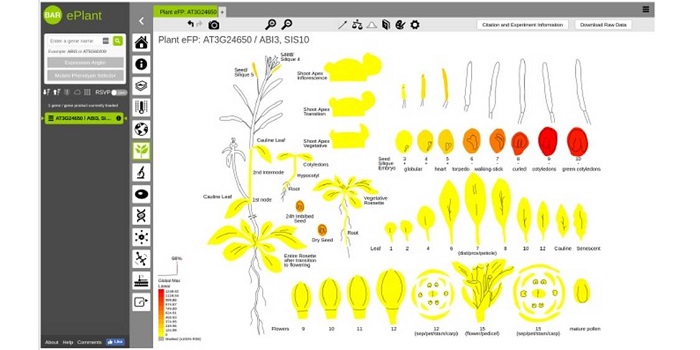
ePlant: Visualizing and exploring multiple levels of data for hypothesis generation ($)
Blog, Plant Science Research Weekly, Research, Research BlogThe application of systems biology is quite phenomenal these days for prediction-based modeling and interactive data visualization. Along with the genome sequencing of the model plant Arabidopsis thaliana, there has been a parallel increase in systems biology tools. Unfortunately, these tools have been…
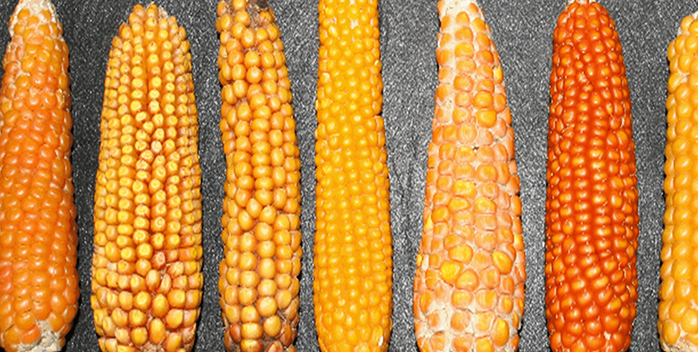
Using Metabolism to Improve Maize Breeding
Research, The Plant Cell, The Plant Cell: In a Nutshell0 Comments
/
Cañas et al. study the relationships between maize leaf metabolism and grain yield to identify putative markers for breeding http://www.plantcell.org/content/29/5/919
By Rafael A. Cañas, Peter J. Lea and Bertrand Hirel
In crops, several metabolic pathways are involved in the control of biomass…
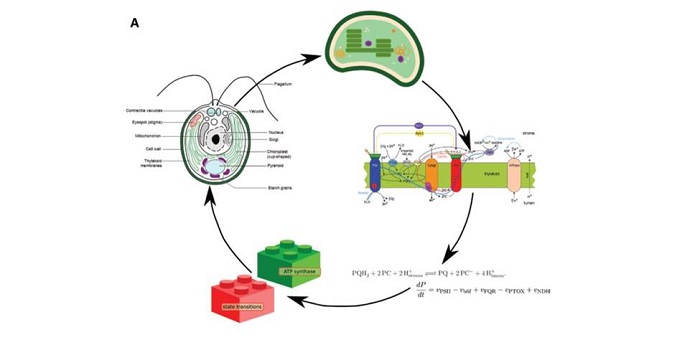
Review: Systems-wide understanding of photosynthetic acclimation in algae and higher plants ($)
Plant Science Research Weekly, ResearchDeriving energy from light is a bit like keeping your hands warm by juggling burning coals; doable but dangerous. Photosynthetic organisms constantly adjust their photosynthetic machinery to optimize energy production but avoid damage from excess light. Moejes et al. describe a large-scale project,…
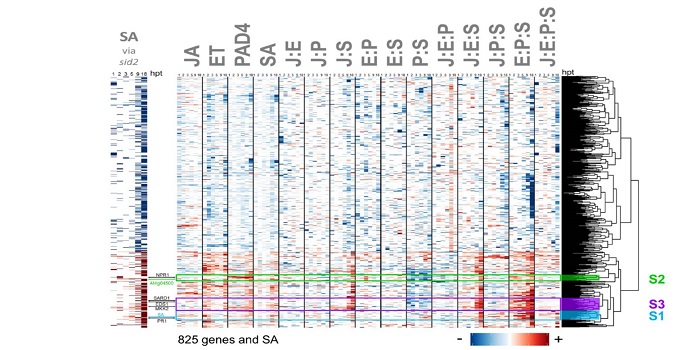
The highly buffered Arabidopsis immune signaling network conceals the functions of its components
Plant Science Research Weekly, ResearchClassic genetic approaches have been instrumental in identifying genes that control developmental and defense networks, but as Hillmer et al. point out, analysis of single mutants is complicated by network buffering. They describe network buffering as occurring when the effect of losing a gene’s function…
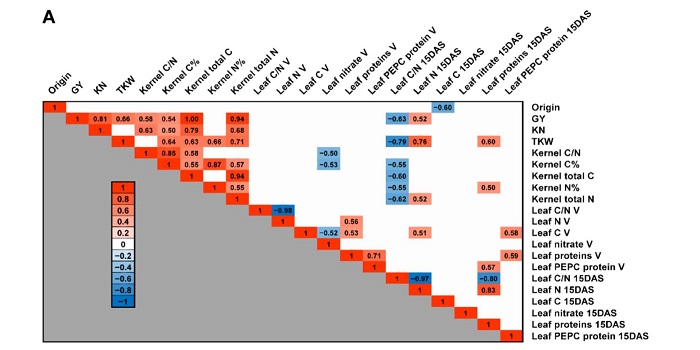
Exploiting maize genetic diversity: Metabolomic, enzyme activity profiling, and metabolic modelling to link leaf physiology to kernel yield ($)
Plant Science Research Weekly, ResearchThe path from genome to phenome is difficult to predict. Cañas et al. tried to identify biochemical markers that are correlated with kernel yield that could be selected for in breeding. Specifically, they collected data from metabolomics, enzyme activity assays and metabolic modeling, taken during the…

Transcription factor interplay between LEAFY and APETALA1/ CAULIFLOWER during floral initiation
Plant Science Research Weekly, ResearchSeveral transcription-factor encoding genes involved in the transition from vegetative to reproductive growth have been identified. One of these, LEAFY (LFY), is expressed at the flanks of the inflorescence meristem at the site of newly forming floral meristems; loss-of-function lfy mutants produce leaves…
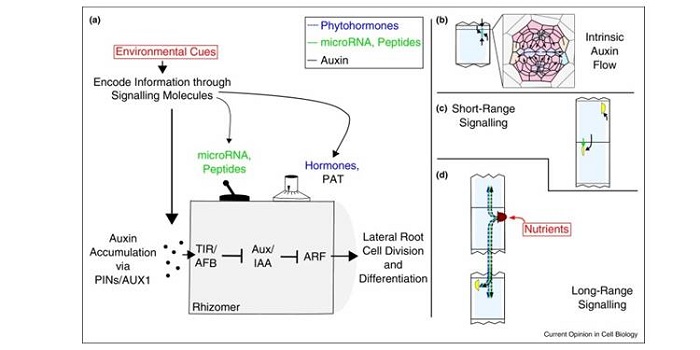
Review: Root branching plasticity: collective decision-making results from local and global signalling
Plant Science Research Weekly, ResearchRoots are extraordinary examples of developmental plasticity, and hundreds of papers have reported on the mechanisms by which root system architecture responds to the environment and the global nutritional status of the plant. McCleery et al. propose a model that synthesizes evidence of intrinsic, local…
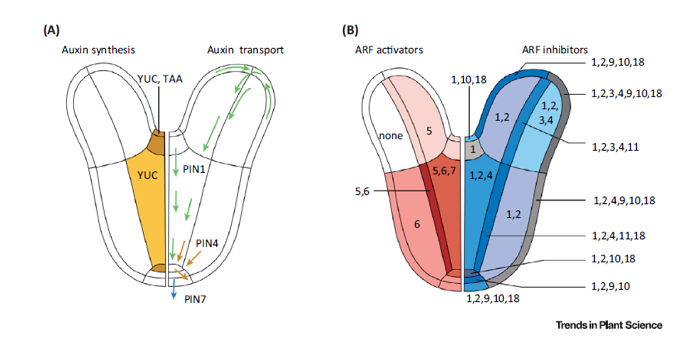
Review: The systems biology of auxin in developing embryos ($)
Plant Science Research Weekly, ResearchThe transcriptional response to auxin depends in large part on the interactions between ARF transcription factors and the Aux/IAA transcription inhibitors that interact with them. The crucial role of auxin in embryo patterning is revealed by the embryo patterning defects observed in mutants of ARF and…
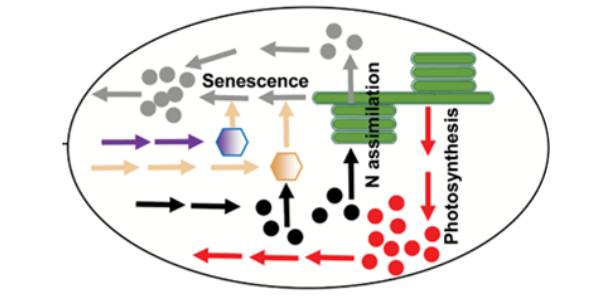
Review: Source-sink interactions in plants ($)
Plant Science Research Weekly, Research, Research BlogWith populations increasing globally, improving crop yield potential is one of the major challenges to the plant biologist, complicated by the changing climate. A better understanding of the source (material producer or exporter, e.g., leaves) – sink (material importer or consumer, e.g., roots, growing…

